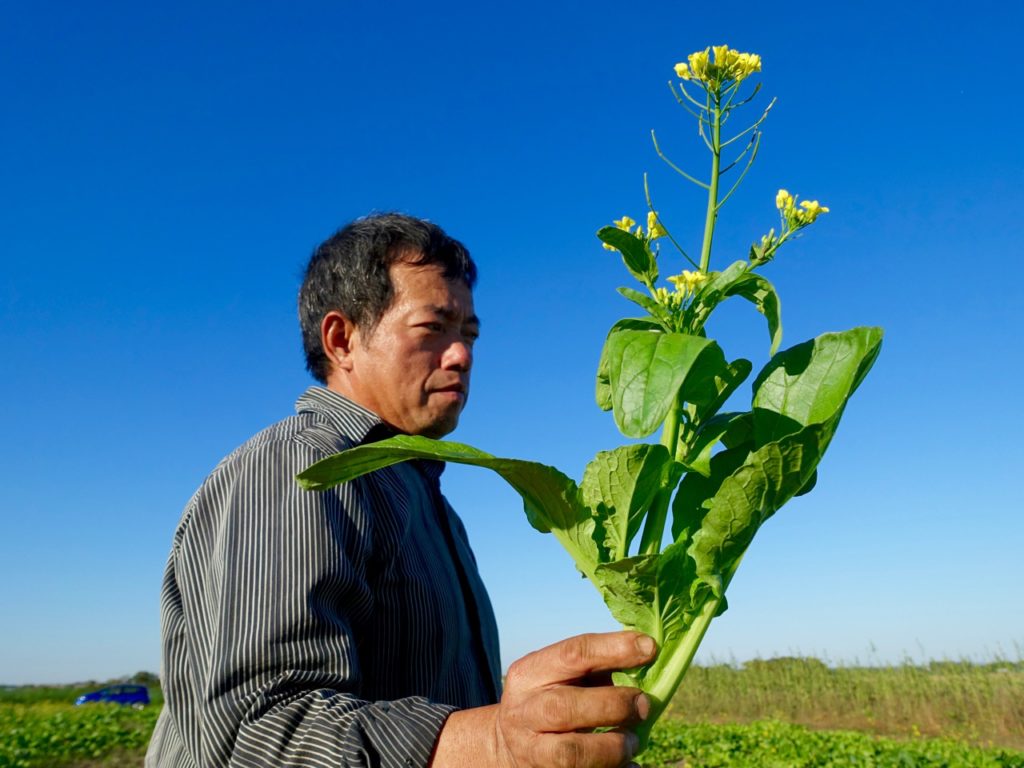 s we move into the final weeks of 2016 at HAFA, we are fondly looking back on our accomplishments, and diligently planning for next year. These past successes are particularly important to HAFA because they signify that we are growing as an organization, but also they show how our farmers are seizing previously inaccessible opportunities and growing community wealth.
s we move into the final weeks of 2016 at HAFA, we are fondly looking back on our accomplishments, and diligently planning for next year. These past successes are particularly important to HAFA because they signify that we are growing as an organization, but also they show how our farmers are seizing previously inaccessible opportunities and growing community wealth.Stories of Success: Working towards a more sustainable and fairer food economy for all
 s we move into the final weeks of 2016 at HAFA, we are fondly looking back on our accomplishments, and diligently planning for next year. These past successes are particularly important to HAFA because they signify that we are growing as an organization, but also they show how our farmers are seizing previously inaccessible opportunities and growing community wealth.
s we move into the final weeks of 2016 at HAFA, we are fondly looking back on our accomplishments, and diligently planning for next year. These past successes are particularly important to HAFA because they signify that we are growing as an organization, but also they show how our farmers are seizing previously inaccessible opportunities and growing community wealth.
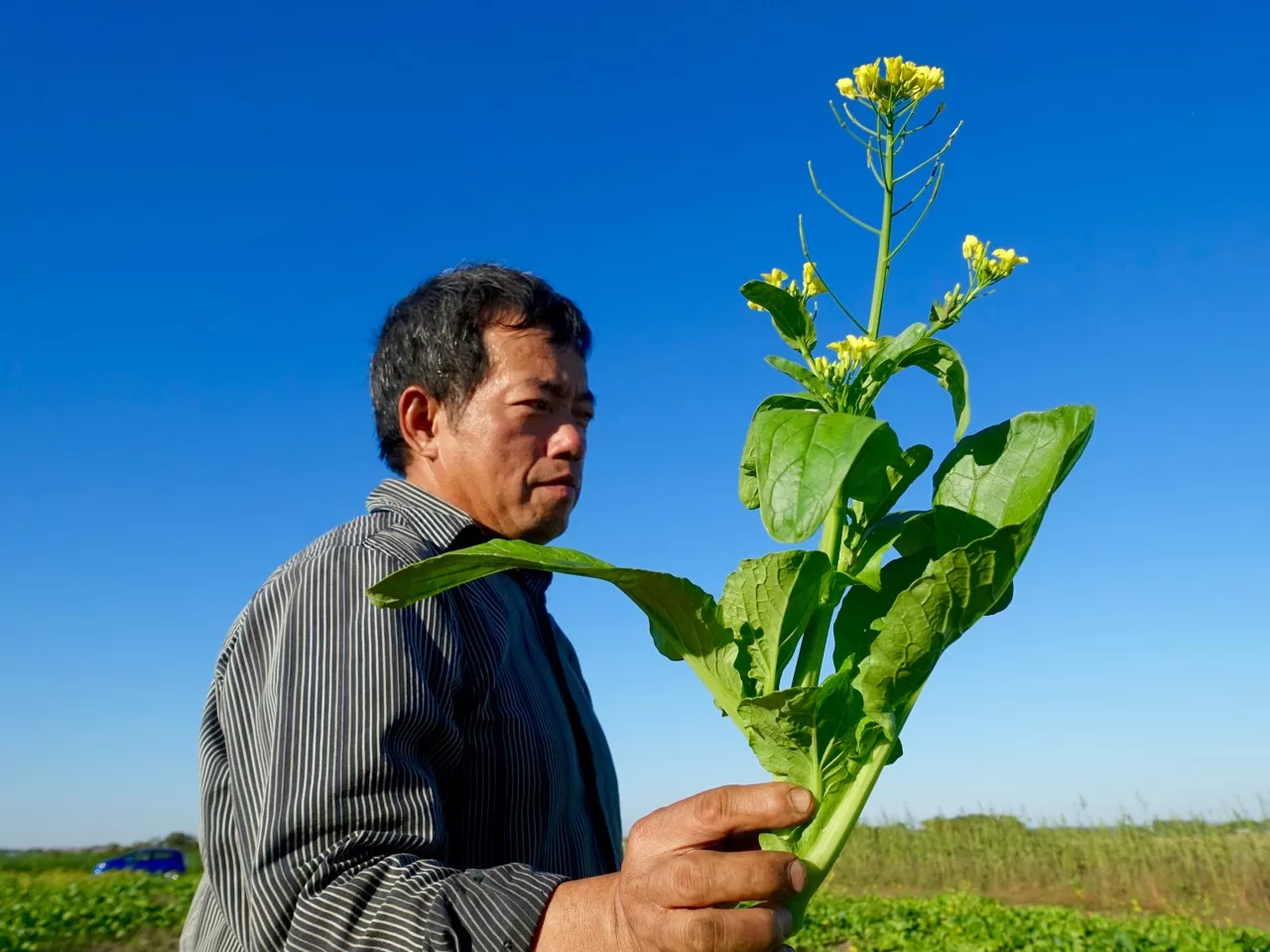
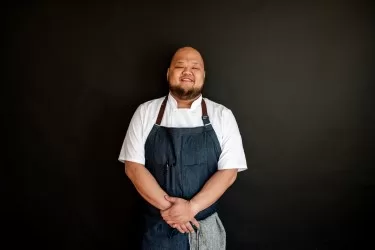
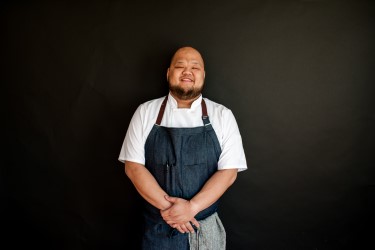 y do we love food so much? Obviously, it is necessary to our survival, and no one enjoys feeling hunger pains. But mere sustenance alone does not warrant hours of labor in a hot kitchen, or toiling in a field on a humid day, or treating generational family recipes like sacred treasures. Surely, our fascination and gravitation toward food goes much deeper.
y do we love food so much? Obviously, it is necessary to our survival, and no one enjoys feeling hunger pains. But mere sustenance alone does not warrant hours of labor in a hot kitchen, or toiling in a field on a humid day, or treating generational family recipes like sacred treasures. Surely, our fascination and gravitation toward food goes much deeper.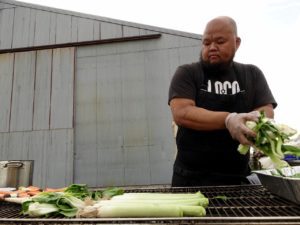
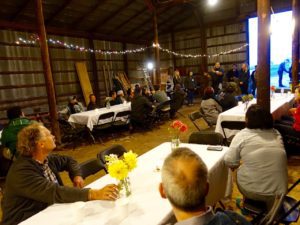
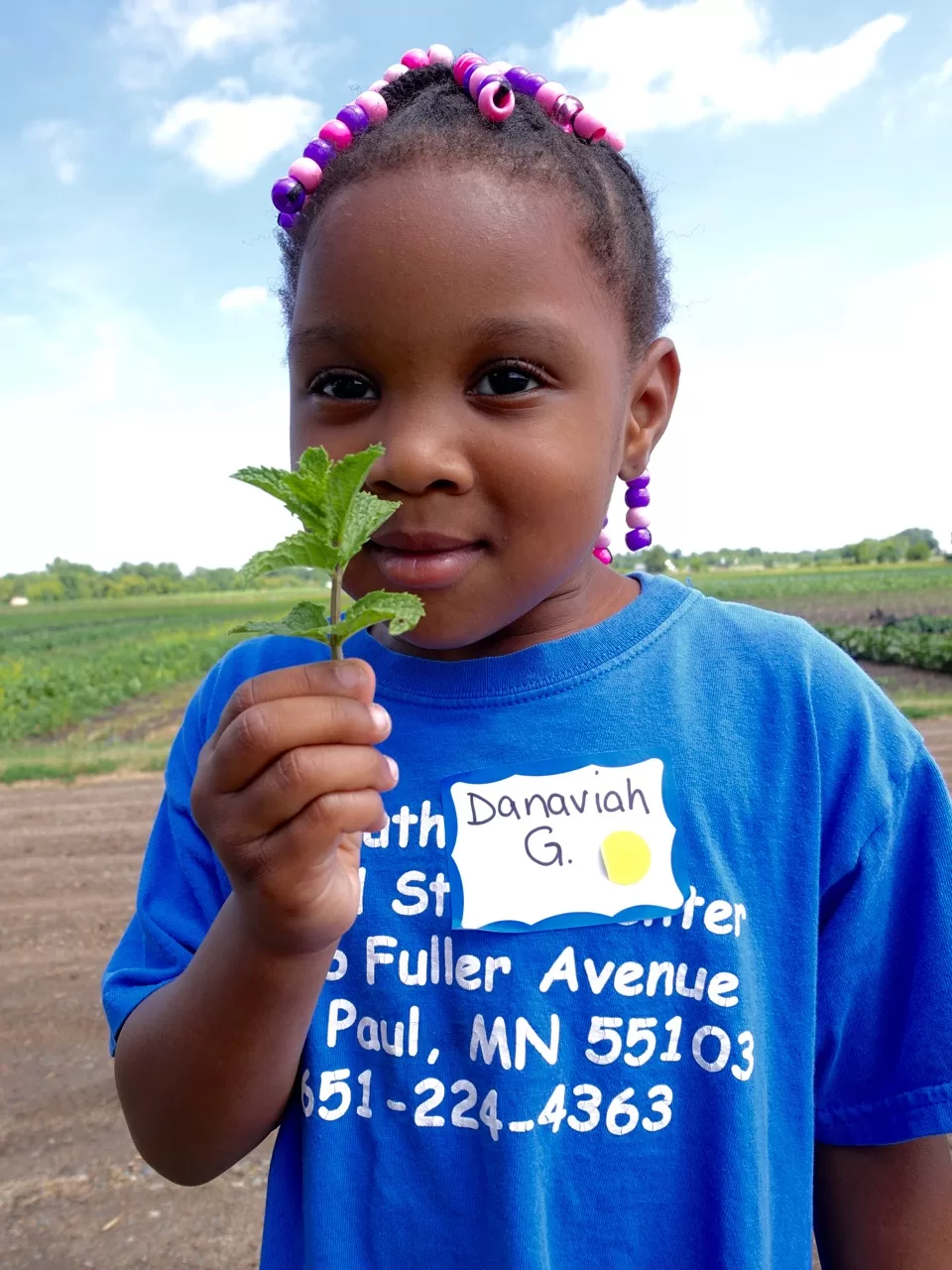
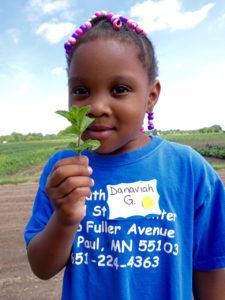 Farm to cafeteria programs are skyrocketing. In 2015, the United States Department of Agriculture (USDA) found that 42% or 42,587 schools in the United States had a program where they were buying locally grown produce. These programs, combined with farm to school activities such as farm tours, were especially effective with pre-K students. But less frequently mentioned is the engagement of food workers in the successful roll out and maintenance of farm to school programs. Interestingly, school cafeteria workers are rarely considered change agents in the campaigns to increase healthy food access or reducing childhood obesity. In Minnesota, this came to light when Philando Castile, a cafeteria worker at the J.J. Hill Montessori Magnet School in Saint Paul, was tragically shot and killed. After his death, the students eloquently spoke about the powerful relationships they had formed with him everyday while they were getting their school lunches. “[A coworker] said that [Philando] Castile would fist-bump kids, make sure they didn’t have food they shouldn’t have and pushed the healthy stuff, too…“You’re still hungry?” she recalled him saying to them. “Well, you didn’t take any of the vegetables.”
Farm to cafeteria programs are skyrocketing. In 2015, the United States Department of Agriculture (USDA) found that 42% or 42,587 schools in the United States had a program where they were buying locally grown produce. These programs, combined with farm to school activities such as farm tours, were especially effective with pre-K students. But less frequently mentioned is the engagement of food workers in the successful roll out and maintenance of farm to school programs. Interestingly, school cafeteria workers are rarely considered change agents in the campaigns to increase healthy food access or reducing childhood obesity. In Minnesota, this came to light when Philando Castile, a cafeteria worker at the J.J. Hill Montessori Magnet School in Saint Paul, was tragically shot and killed. After his death, the students eloquently spoke about the powerful relationships they had formed with him everyday while they were getting their school lunches. “[A coworker] said that [Philando] Castile would fist-bump kids, make sure they didn’t have food they shouldn’t have and pushed the healthy stuff, too…“You’re still hungry?” she recalled him saying to them. “Well, you didn’t take any of the vegetables.”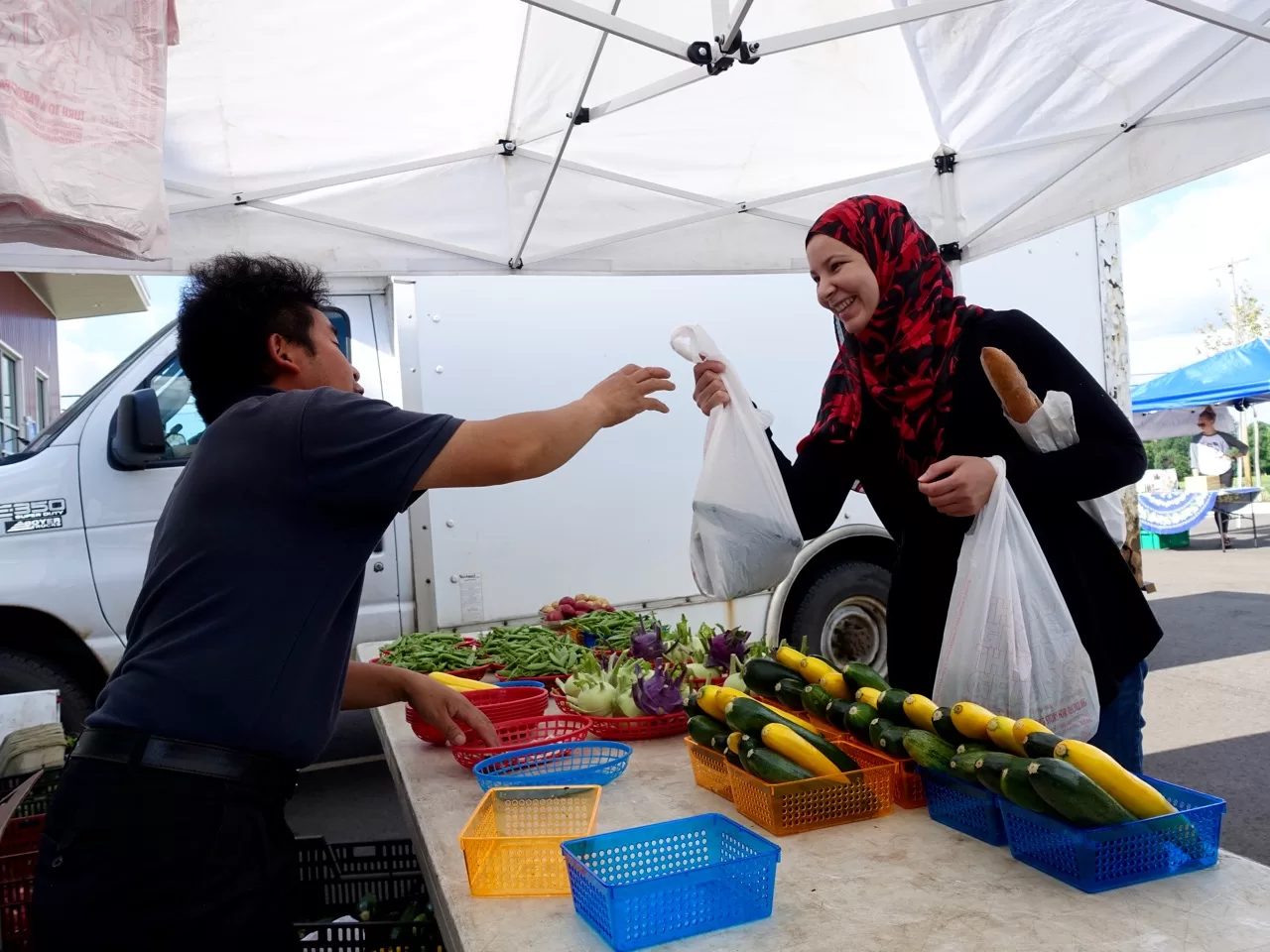
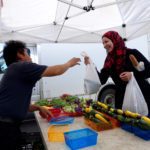
 “Hmong farmers constantly inspire me,” says Mary Ellen Frame, “their adaptability is impressive, they brought knowledge from a place where the climate, soil, pests, weeds, let alone the economy are all so different, yet they still are such skilled farmers here in Minnesota.” Mary Ellen was acquainted with HAFA when she attended
“Hmong farmers constantly inspire me,” says Mary Ellen Frame, “their adaptability is impressive, they brought knowledge from a place where the climate, soil, pests, weeds, let alone the economy are all so different, yet they still are such skilled farmers here in Minnesota.” Mary Ellen was acquainted with HAFA when she attended  Last fall, a HAFA farmer came outside from their home in Saint Paul to find a hefty fine on their truck that they used to transport fresh, local produce to the farmers market.
Last fall, a HAFA farmer came outside from their home in Saint Paul to find a hefty fine on their truck that they used to transport fresh, local produce to the farmers market. This past month, we trained 9 HAFA members in beekeeping. They went through two trainings, painted their hives and then I worked with all the members to start their hives. Their dedication and devotion to learning how to keep bees on the farm has been an exciting surprise!
This past month, we trained 9 HAFA members in beekeeping. They went through two trainings, painted their hives and then I worked with all the members to start their hives. Their dedication and devotion to learning how to keep bees on the farm has been an exciting surprise! The bees we keep on the farm are a European species which are scientifically known as Apis mellifera ligustica. They are some of most gentle bees. These bees can tolerant northern climates and produce massive honey.
The bees we keep on the farm are a European species which are scientifically known as Apis mellifera ligustica. They are some of most gentle bees. These bees can tolerant northern climates and produce massive honey.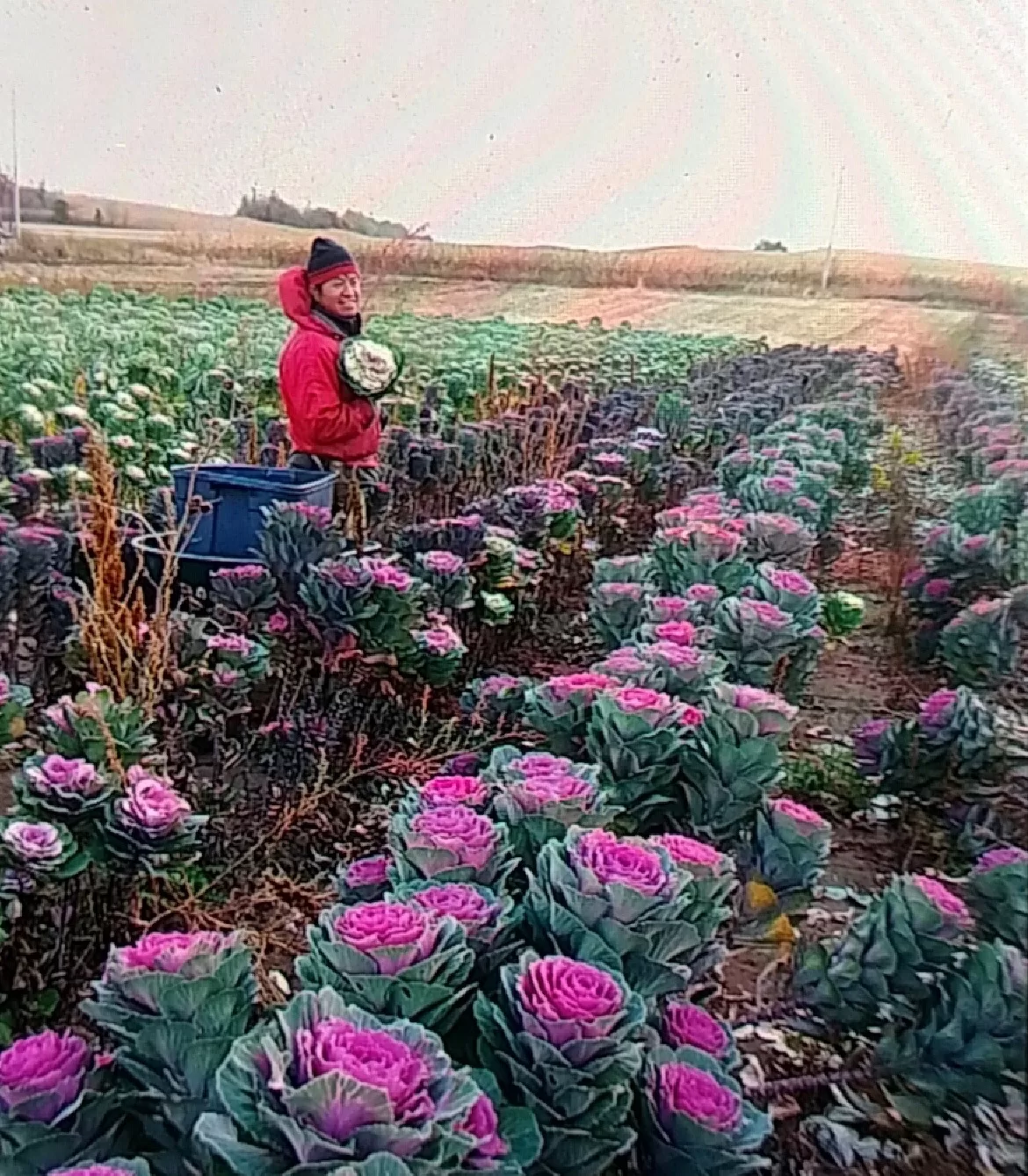
 In the mid-2000s, two school-aged children, a newborn baby, a fulltime job, lack of rest and farming on land an hour away from home pushed HAFA member, Song Moua, to the verge of ending her family farm business.
In the mid-2000s, two school-aged children, a newborn baby, a fulltime job, lack of rest and farming on land an hour away from home pushed HAFA member, Song Moua, to the verge of ending her family farm business. helps our income increase because we can sell more to the HAFA Alternative Markets Program.
helps our income increase because we can sell more to the HAFA Alternative Markets Program.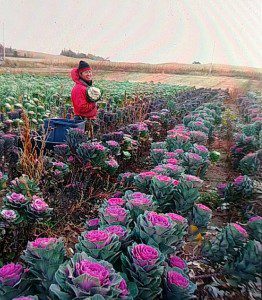 Their second goal is to prevent crop loss throughout the season.
Their second goal is to prevent crop loss throughout the season.
 of all ages and backgrounds to pursue community and knowledge with other growers. On top of this, many of the trainings have a “train the trainer” model. This means that HAFA farmer trainings are just as much as a learning experience for the trainer as it is for the farmers.
of all ages and backgrounds to pursue community and knowledge with other growers. On top of this, many of the trainings have a “train the trainer” model. This means that HAFA farmer trainings are just as much as a learning experience for the trainer as it is for the farmers. Most of the farmers are actually tri-lingual. The most common languages HAFA farmers understand are Hmong, Thai, Lao, and English.
Most of the farmers are actually tri-lingual. The most common languages HAFA farmers understand are Hmong, Thai, Lao, and English. We are dedicated to advancing the prosperity of Hmong farmers through cooperative endeavors, capacity building and advocacy. HAFA was started and is led by family farmers. Organizing is in our DNA.
We are dedicated to advancing the prosperity of Hmong farmers through cooperative endeavors, capacity building and advocacy. HAFA was started and is led by family farmers. Organizing is in our DNA.